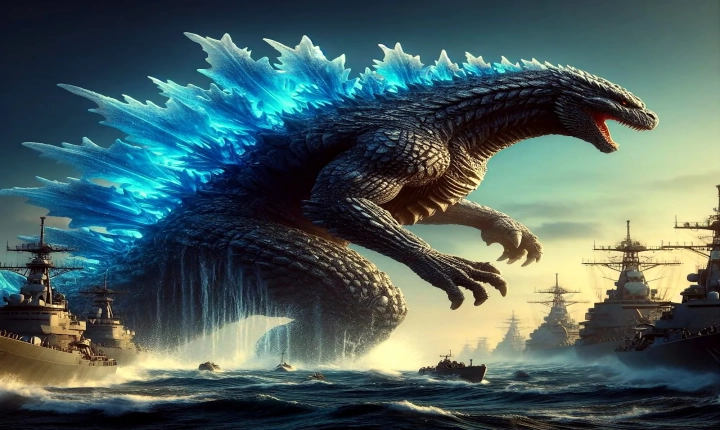Artificial intelligence (AI) has revolutionized the way we create art, with AI art generators becoming increasingly popular in the art community. These generators use machine learning algorithms to create original artworks, often by imitating the style of famous artists or generating entirely new designs. However, a growing concern within the art community is whether AI art generators are guilty of stealing art, either in the form of plagiarism or through the exploitation of existing artworks.
One of the main issues surrounding AI art generators is the question of originality. While these programs are capable of producing visually stunning pieces, some argue that the work generated by AI lacks the true creativity and emotional depth that comes from a human artist. This raises concerns about the authenticity and value of AI-generated art, especially when it comes to the potential for these pieces to be mistaken for the work of a human artist.
Furthermore, the use of AI art generators to replicate the styles of famous artists has sparked debates about intellectual property and copyright infringement. Some artists and critics argue that AI-generated art that closely resembles the style of a famous artist could be seen as a form of plagiarism, as it may lead to confusion and devalue the original artist’s work. This is particularly concerning given the potential for AI-generated art to be commercialized and sold without proper attribution to the original artists who inspired the AI algorithms.
On the other hand, proponents of AI art generators argue that these tools can be a source of inspiration and innovation for artists, leading to new forms of creative expression. They also highlight the potential for AI-generated art to democratize the art world by providing opportunities for emerging artists to experiment with different styles and techniques. Additionally, some argue that AI-generated art could help preserve and promote the work of underrepresented or forgotten artists, breathing new life into their legacies.
To address the ethical concerns surrounding AI art generators, it is important for the art community to engage in open discussions about the proper usage and attribution of AI-generated art. This includes developing guidelines for crediting the original artists whose work contributes to the training of AI algorithms, as well as establishing mechanisms to protect the rights of artists whose styles are replicated by AI.
In addition, clear labeling and documentation of AI-generated art can help distinguish it from the work of human artists, ensuring transparency and preserving the integrity of the art market. Artists and collectors can also play a role in advocating for the ethical use of AI in art creation, supporting initiatives that promote fair compensation and recognition for artists whose work inspires AI-generated art.
As the use of AI in art continues to evolve, it is crucial for the art community to critically examine the potential impact of AI art generators on the industry. By addressing concerns about originality, intellectual property rights, and ethical considerations, the art world can embrace the opportunities presented by AI while safeguarding the integrity and value of artistic expression.
